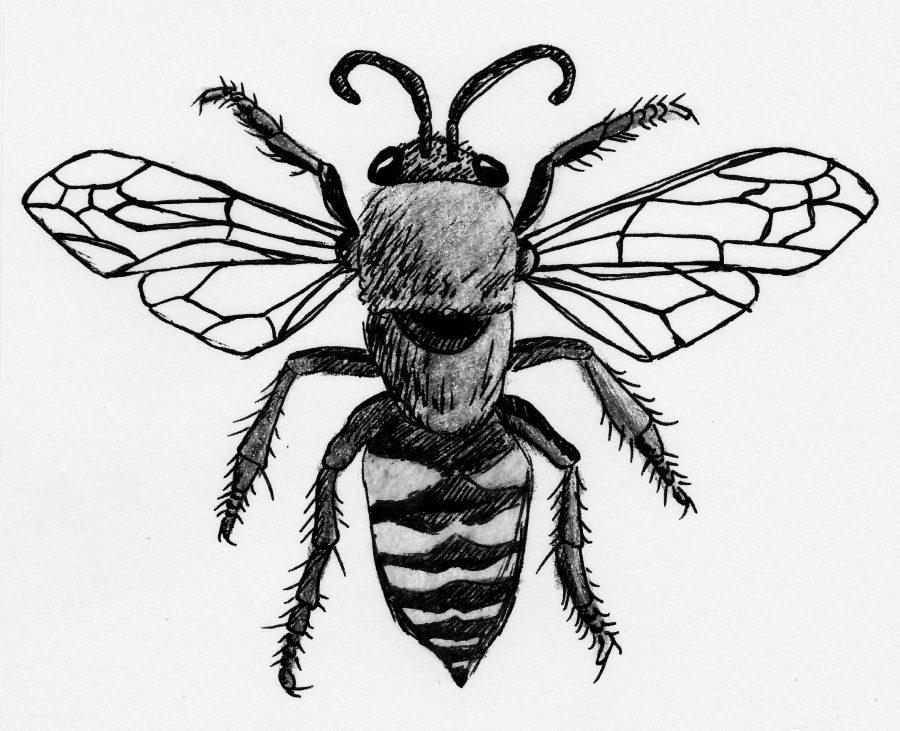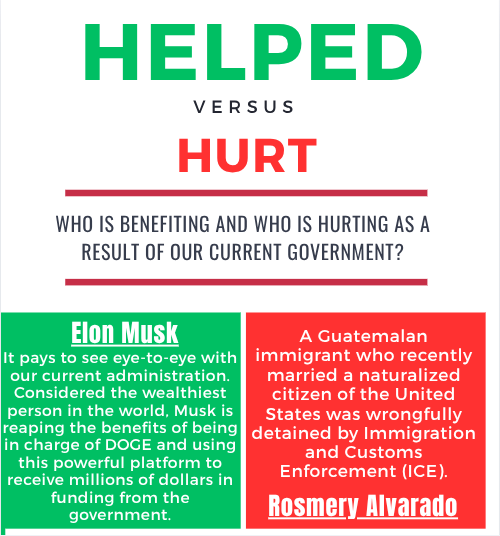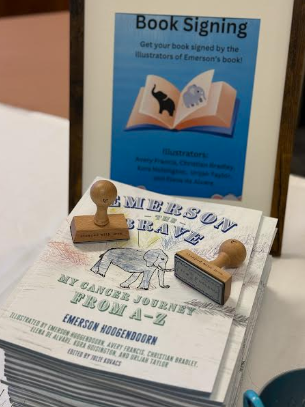The warm aroma of black coffee fills the home as he sits with several others. He converses with them, socializing and enjoying himself all the while. In the midst of the chatter, he remembers why he is here. He remembers the first appointment. He remembers meeting the woman. He remembers her explaining how the process works. He remembers his first sting. Because he wasn’t allergic, he came back several times. Each time after, it was exactly like this. Sure, there were always different people circulating through, but the laid-back atmosphere was consistent, and so was the healing. It sounded like a sci-fi novel at first, but now he knew it to be real-life natural medicine. Apitherapy it is called, the use of products derived from bees as medicine, including venom, honey, pollen, and royal jelly. He snapped back to the room, and realized he’d be next. The woman came over, a jar of live honey bees in her hand, and asked him where he needed his treatment. Instructor Peter Schwallier pointed to his calf and received 5 bee stings on his lower left leg.
Six years ago, Schwallier started apitherapy; he discovered it through his father. In the beginning, he showed natural skepticism, but as time went on, he became more curious. “I thought he was crazy, but many of his prior injuries seemed to be healing. I had many recurring injuries from when I played tennis in college. . .[so] I decided to give it a try, and it helped immediately,” Schwallier said. Consequently, Schwallier found apitherapy to be a successful natural treatment for his own ailments and continues to use it today.
As an active tennis player and coach, Schwallier is prone to eventual muscle strain. In the event that he pulls a muscle, he pulls out the bees. “When this happens, . . . I’d be on the phone [that night] and would have box of 80 bees shipped to my house immediately. . . . I’ll sting the area with 5 or 6 bees three times a week until I feel better. I heal far quicker this way, so it usually isn’t more than a week or two [until I’m fully healed],” said Schwallier. The bee venom acts quickly after the stinging, penetrating deep layers of muscle and stimulating cortisol release from adrenal glands. The cortisol acts as a steroid that prevents inflammation through suppressing the immune system. Schwallier uses this natural reaction to his advantage to speed up the natural healing process.
Though he usually only receives the 5 to 6 stings three times a week, there have been several occurrences in which he has experienced stings in huge excess. “The woman who I initially went to to get stung gives out ‘free-bees’ on your birthday. One year, I decided to take full benefit, and was stung by 29 bees on my 29th birthday! That’s the most I’ve ever experienced at once,” Schwallier said. He recalled another time in which he had a foot injury that required heavier doses. “. . . for a month I was stung by 8 bees on each foot, 3 times a week,” Schwallier said. By increasing the dosage, he was able to care for his larger injury.
Schwallier follows a general procedure each time he stings himself now. He recommends that no one attempt this therapy without consulting a professional first, as venom can contain neurotoxins that alter nervous system activity if certain circumstances are met. “When I started, I used to ice the area first to numb it. Now that I know more about how it works, I have bees shipped to my house via UPS whenever I have an injury. . . and I just sting myself, I’m pretty used to it,” Schwallier said.
- I keep the bees in a mason jar. The top has holes in it so they can breathe, and a sugar cube in it so they have something to eat.
- Under the lid I have a wire gauze that’s held on by a rubber band, so the bees can’t just fly out when I take off the lid.
- When I want to get bees, I take off the lid, and use reverse tweezers to grab a bee (the wire gauze has a slit in it so I can stick the tweezers through).
- The bee is obviously mad when it’s on the end of tweezers, so it’ll sting the first thing it touches, which will be me. Honeybees are naturally very tame, so it’s really pretty easy.
From his students’ perspectives, the process does not seem as easy as he claims it to be. To the untrained eye, a supposedly levelheaded teacher who stings himself with bees willingly seems to not be so levelheaded. “I would imagine most people think it’s crazy, since that’s what I thought when I first heard about it. Every year or so I bring a jar of bees in and let my students sting me, and that’s always a fun day,” Schwallier said.
When students look into the science behind his action, some don’t see how the benefits overcome the negative of being stung. Others see the logic on his side. Whether one belongs to either group, it’s hard to argue against the wonders of the human body and natural medicine after hearing the healing testimony regarding Mr. Schwallier’s bees.







